Introduction

In the realm of culinary delights, hot pot stands as a timeless and versatile dish that transcends cultural boundaries. From the spicy Sichuan-style to the mild and creamy Korean varieties, hot pot offers a warm and communal dining experience that brings people together. Among the myriad of ingredients that can elevate a hot pot from good to great, lamb stands out as a star. Its rich, earthy flavor and tender texture make it an ideal choice for creating a memorable and satisfying meal. This article delves into the intricacies of how to cook lamb for a delicious hot pot, ensuring that every bite is a culinary delight.
Understanding Lamb: Varieties and Quality
Before diving into the cooking process, it’s crucial to understand the different types of lamb and their respective qualities. Lamb can broadly be categorized into three main types: young lamb (also known as milk-fed lamb), spring lamb, and mutton. Young lamb, typically less than three months old, has the most tender meat with a delicate flavor. Spring lamb, aged between three and six months, balances tenderness with a slightly stronger flavor. Mutton, from sheep older than one year, is more robust in flavor and texture, requiring longer cooking times to tenderize.
When selecting lamb for hot pot, opt for cuts that are well-suited to quick cooking methods, such as shoulder chops, riblets, or thinly sliced leg meat. These cuts retain moisture and cook evenly, ensuring a tender and flavorful result. Always look for meat that is fresh, with a bright red color and a firm texture. Avoid cuts that appear dry, discolored, or have an unpleasant odor.
Preparing the Lamb: Slicing and Marinating
The key to a successful lamb hot pot lies in proper preparation. Thinly slicing the lamb ensures that it cooks quickly and evenly, retaining moisture and flavor. Use a sharp knife to slice the meat against the grain, creating thin, even pieces. This not only enhances the appearance but also makes the meat more tender by cutting through the muscle fibers.
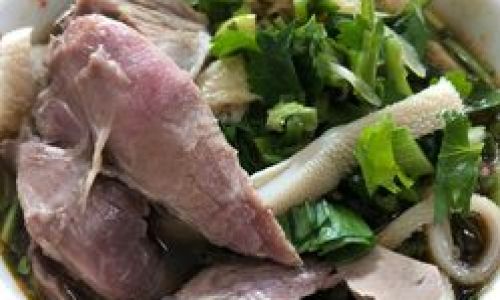
Marinating the lamb can further elevate its flavor. A simple marinade of soy sauce, sesame oil, minced garlic, and a touch of rice vinegar or lemon juice can add depth and complexity. For a more aromatic profile, incorporate ginger slices, star anise, and a pinch of five-spice powder. Allow the lamb to marinate for at least 30 minutes, preferably refrigerated, to allow the flavors to meld and penetrate the meat.
Choosing the Right Broth: The Foundation of Flavor
The broth is the backbone of any hot pot experience. For a lamb-based hot pot, a rich and flavorful broth sets the stage for an unforgettable meal. Traditional options include a bone broth made from lamb bones, simmered for hours with aromatic vegetables like onions, carrots, celery, and garlic. This creates a deep, savory base that complements the lamb’s natural flavors.
Alternatively, a miso-based broth or a tomato-based variation can offer a refreshing twist. For a more exotic flavor, consider incorporating coconut milk or a blend of spices like cumin, coriander, and turmeric. The key is to balance the broth’s flavors, ensuring they neither overpower nor underwhelm the lamb.
Cooking Techniques: From Simmering to Stir-Frying
There are several methods to cook lamb in a hot pot, each offering a unique texture and flavor profile.

-
Simmering in Broth: For a tender and flavorful result, simply add the thinly sliced lamb to the simmering broth. Allow it to cook for a few minutes until the meat turns opaque and tender. This method preserves the meat’s juices, resulting in a moist and flavorful bite.
-
Stir-Frying Before Adding to Broth: For a more caramelized and savory flavor, stir-fry the marinated lamb slices in a hot pan with a small amount of oil until they are lightly browned on both sides. This locks in juices and adds a layer of complexity to the meat. Once browned, transfer the lamb to the simmering broth to finish cooking.
-
Using a Hot Pot with Dividers: If your hot pot has dividers, you can cook different ingredients simultaneously. This allows you to sear the lamb in one compartment while keeping the broth in another, ready for dipping. This method is perfect for those who prefer a more controlled cooking environment.
Enhancing the Experience: Accompaniments and Seasonings
A well-rounded hot pot experience isn’t just about the meat and broth; it’s also about the accompaniments and seasonings that elevate each bite.
-
Dipping Sauces: Customize your hot pot experience with a variety of dipping sauces. A classic combination includes soy sauce mixed with sesame oil, chili oil, and minced garlic. For a tangier option, try a mixture of rice vinegar, soy sauce, and a touch of sugar.
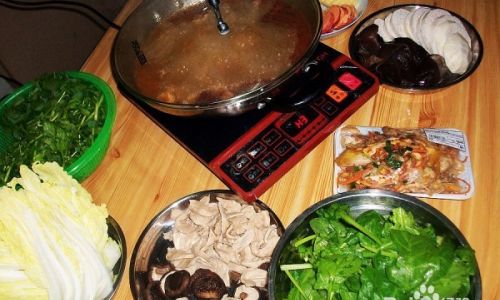
-
Side Dishes: Complement your hot pot with a selection of fresh vegetables, tofu, mushrooms, and noodles. These not only add texture and variety but also balance the richness of the lamb.
-
Aromatics and Garnishes: Don’t overlook the power of fresh herbs and garnishes. A sprinkle of chopped green onions, cilantro, or a squeeze of lime can brighten up each bite, enhancing the overall flavor profile.
Conclusion
Cooking lamb for a delicious hot pot is an art that combines precision, patience, and a love for flavor. By understanding the different types of lamb, preparing the meat with care, selecting the right broth, and mastering various cooking techniques, you can create a meal that is both satisfying and memorable. Don’t forget the importance of accompaniments and seasonings; they are the finishing touches that transform a good hot pot into a great one.
As you gather around the hot pot with friends and family, share stories, laughter, and the warmth of a communal dining experience. Let the rich aroma of lamb and the diverse flavors of your broth and accompaniments fill the air, creating an atmosphere of joy and togetherness. In the end, it’s not just about the food; it’s about the connections and memories made around the table. Happy cooking, and enjoy every savory, tender bite of your lamb hot pot!


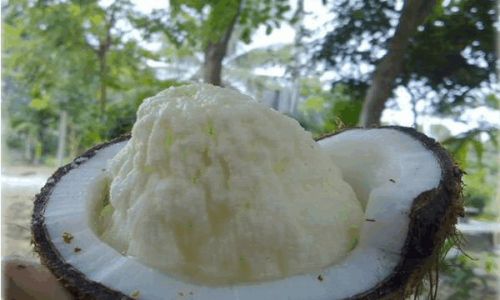
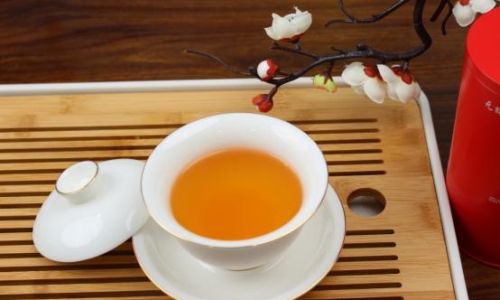

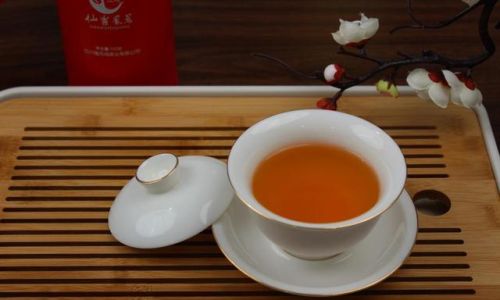
0 comments